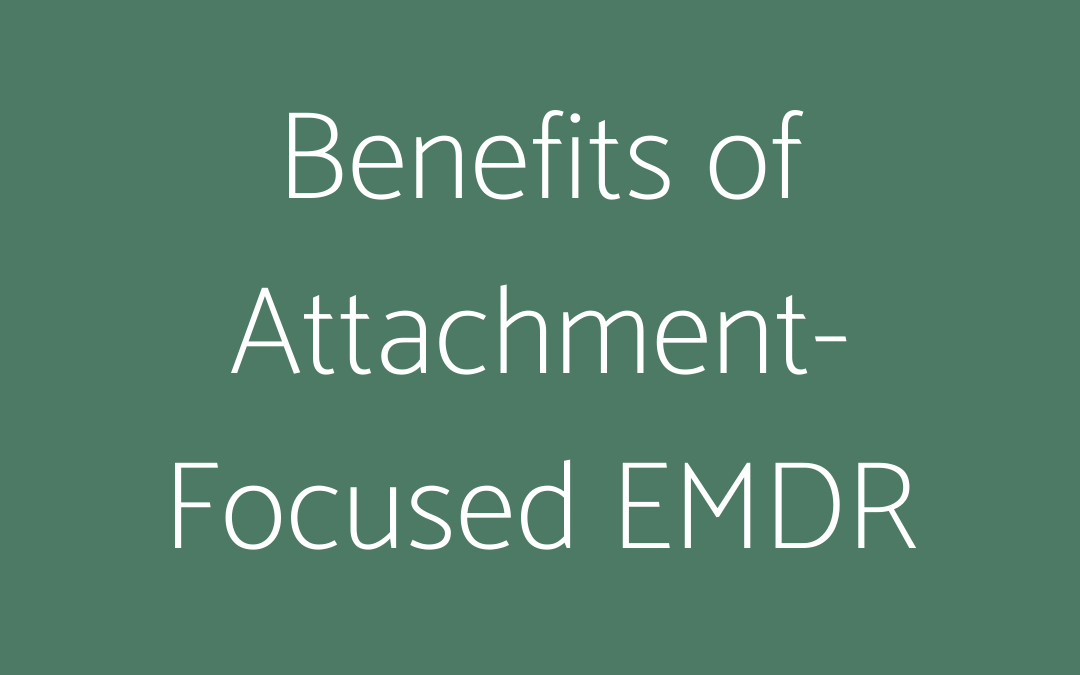Attachment-Focused EMDR is a modification of the original format of EMDR. It was developed by Laurel Parnell, particularly for use with people who have experienced relational trauma.
I have trained in and received the original form of EMDR and Attachment-Focused EMDR, and have found that I prefer to use and receive the latter. I have also heard from clients that they prefer the style of Attachment-Focused EMDR to the original format of EMDR.
Linking Current Experiences with Past Experiences
When someone comes to see me for EMDR, I start with getting a clear sense of the current problem. We then have a thorough discussion of the person’s history. Significant negative and positive events in the person’s life are discussed, as well as the nature of the person’s relationships. This is significant, as difficulties in early relationships can have a bearing on how traumatic events affect someone.
Through this discussion, we try to make links between the current problem and past experiences that may be contributing to it.
Creating Resources
Before memories are processed, we work together to identify several positive resources. This is one of the key features of Attachment-Focused EMDR, and something that helps processing go more smoothly. First, an imaginary “peaceful place” is identified. People tend to love this experience, and I love to see the look of peace that washes over people when they immerse themselves in imagining the details of their peaceful place. It’s amazing how visiting a place like this, even just in your imagination, can be powerfully relaxing.
After identifying the peaceful place, next we identify nurturing, protective, and wise/spiritual figures. These can be people from any time in the person’s life, fictional characters (from books, TV shows, movies, etc.), or other people the person knows of but doesn’t know personally (like famous people, politicians, or other historical figures). Once all of these figures have been identified, the person can also imagine them all together, as a “resource team” who are there to support and protect the person. This can be quite a moving experience.
Alternatives to Eye Movements
In Attachment-Focused EMDR, rather than following the therapist’s fingers with their eyes, a person can keep their eyes closed and receive bilateral stimulation through gentle vibrations or audio tones. This allows the person to really notice what they are visualizing, the emotions they are feeling, and the body sensations they are experiencing. It is interesting to see that physical or audio stimulation that alternates from left to right often causes a person to naturally have left to right eye movements as well.
The procedural steps for setting up a memory for processing are also simplified in Attachment-Focused EMDR. This seems to make for a more streamlined, natural, and intuitive process. I have appreciated this both as the therapist, and as a client.
Interested in EMDR?
Attachment-Focused EMDR is a powerful, effective, and healing treatment for trauma and anxiety. If you are interested in EMDR and would like to see if it could be a good fit for you, I welcome you to call me at 805-664-1177 for a free phone consultation.

